The Model Work Health and Safety Act has been amended by the Parliamentary C
The Model Work Health and Safety Act has been amended by the Parliamentary C
The model Work Health and Safety Regulations have been amended by the Parliamentary Counsel’s Committee. 
The model Work Health and Safety Regulations have been amended by the Parliamentary Counsel’s Committee. 
The model Work Health and Safety Regulations have been amended by the Parliamentary Counsel’s Committee. 
The model Work Health and Safety Regulations have been amended by the Parliamentary Counsel’s Committee. 
The Model Work Health and Safety Legislation Amendment (Gross Negligence Offences) 2023 includes amendments to the model WHS Act including:
This Explanatory Memorandum accompanies the Model Work Health and Safety Legislation Amendment (Offences and Penalties) 2023.
The Model Work Health and Safety Legislation Amendment (Offences and Penalties) 2023 includes amendments to the model WHS Act and model WHS Regulations including:
The model Work Health and Safety Regulations have been amended by the Parliamentary Counsel’s Committee. 
The model Work Health and Safety Regulations have been amended by the Parliamentary Counsel’s Committee. 
Regulators monitor and enforce WHS laws in the Commonwealth, states and territories.
If a regulator or their inspector attends your workplace and asks you to produce documents, information or answer questions, you must comply.
Every Australian jurisdiction has a WHS regulator to administer WHS laws in their state or territory. Regulators may provide advice and information on WHS rights, duties and responsibilities, and how to comply with the WHS laws in your jurisdiction.
The Commonwealth, states and territories are responsible for making their own work health and safety (WHS) laws.
The model WHS laws have been implemented in the Australian Capital Territory, New South Wales, the Northern Territory, Queensland, South Australia, Tasmania, the Commonwealth and Weste
The model Work Health and Safety (Blood Lead Removal Levels) amended Regulations 2018 – model provisions amends:
-
R394 Meaning of lead risk work
-
R407 Frequency of biological monitoring
In 2016, amendments were made to the model Work Health and Safety (WHS) Regulations to exempt certain agricultural and veterinary (AgVet) chemical products from WHS hazardous chemical labelling requirements.
In 2016, amendments were made to the model Work Health and Safety (WHS) Regulations to exempt certain agricultural and veterinary (AgVet) chemical products from WHS hazardous chemical labelling requirements.
The explanatory statement explains the intended operation of the current version of the model Work Health and Safety (WHS) Regulations, dated 1 September 2024.
Safe Work Australia has developed transitional principles that set out how arrangements under existing work health and safety (WHS) legislation are intended to transition to the new system.
The National Compliance and Enforcement Policy (the Policy) supports harmonised WHS laws by seeking to ensure they are complemented by a nationally consistent approach to compliance and enforcement. The Policy seeks to ensure this by setting out principles which underpin how regulators
This is the current version of the model WHS Act, dated 5 December 2025, which includes all amendments made since 2011. For the model WHS Act to have effect in a jurisdiction it must be implemented in that jurisdiction.
The model Work Health and Safety Regulations 2025 include amendments to the model WHS Regulations to clarify requirements, remove duplication, improve crane licensing requirements and better align the regulations with current practice.
The explanatory memorandum explains the intended operation of the model Work Health and Safety (WHS) Act, including amendments to the Act up until 24 November 2023.
On 11 December 2009, the Workplace Relations Ministers’ Council endorsed the Model Work Health and Safety (WHS) Bill. The intention is that the Commonwealth and each state and territory government will enact a workplace health and safety Bill to commence on 1 January 2012.
